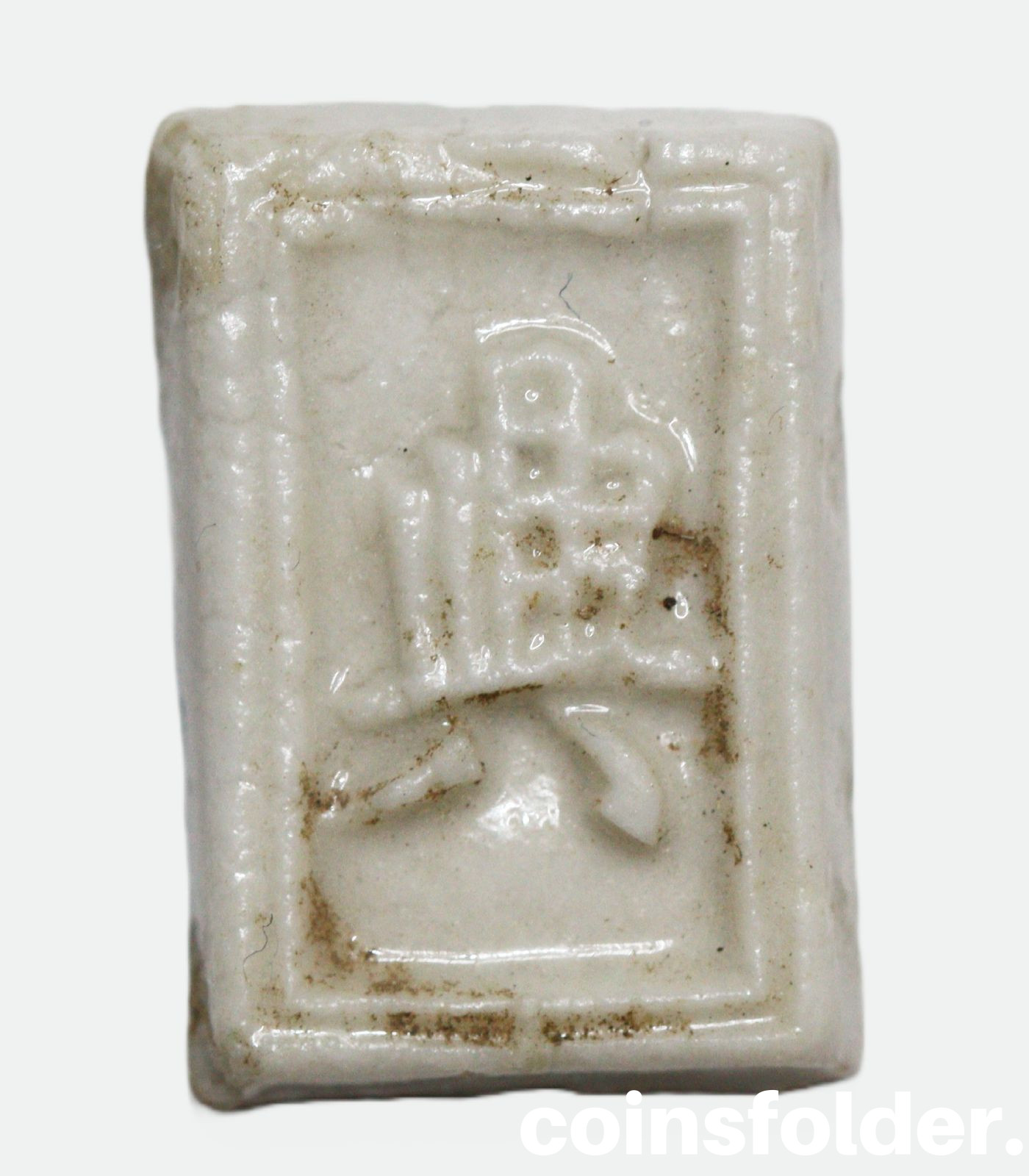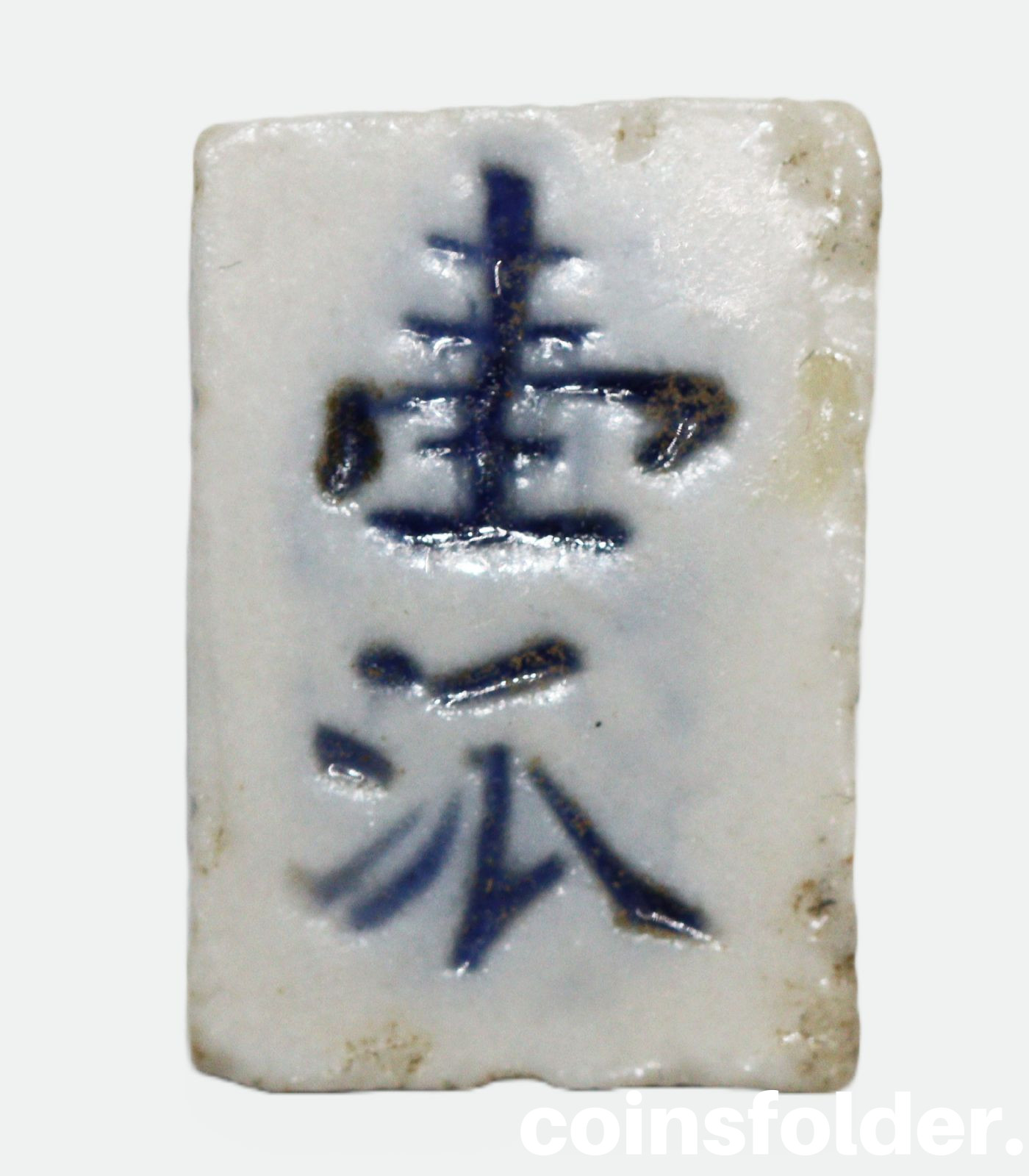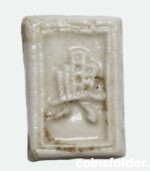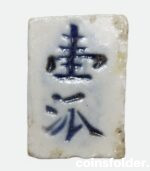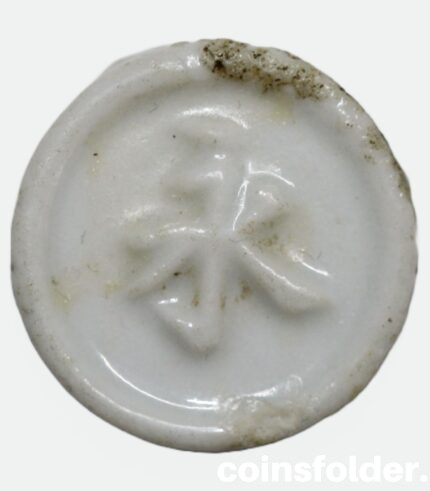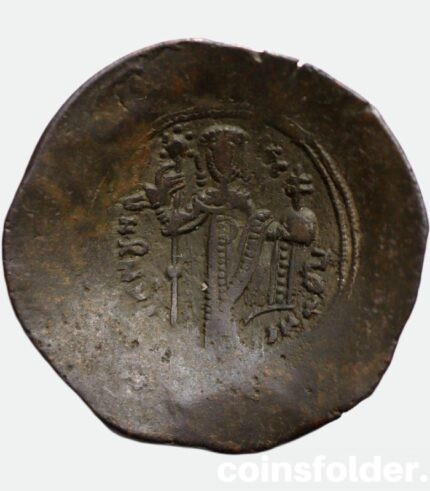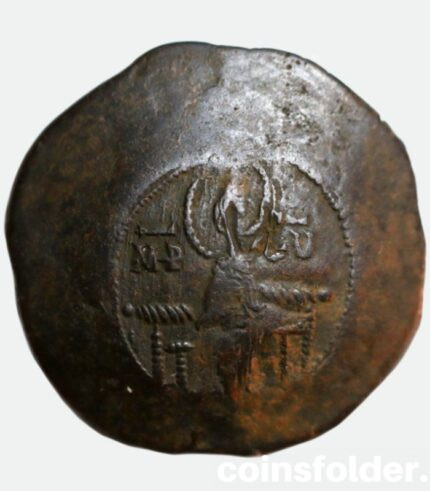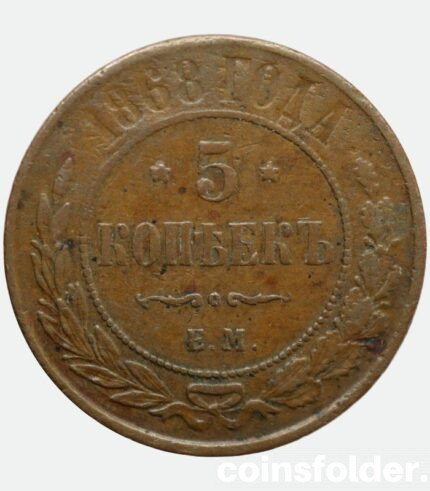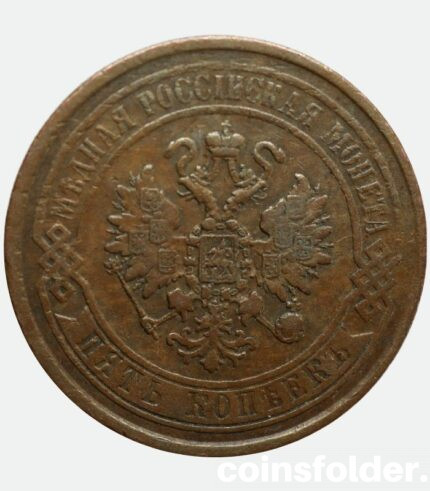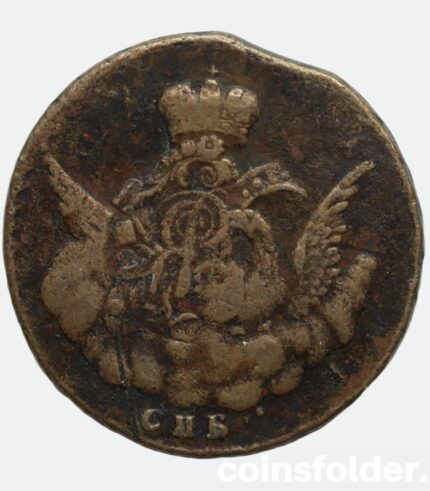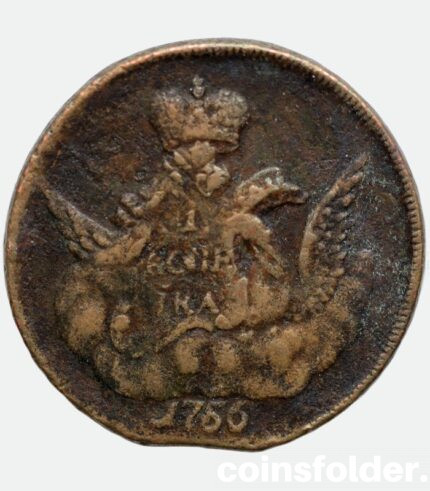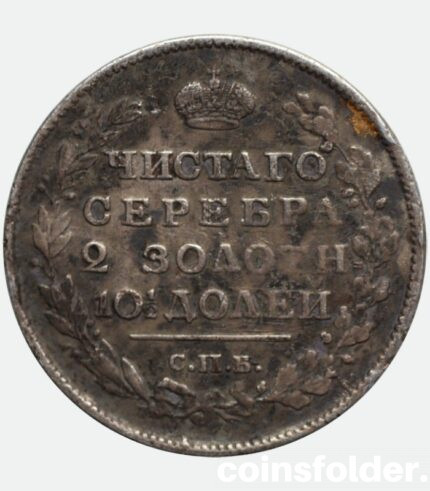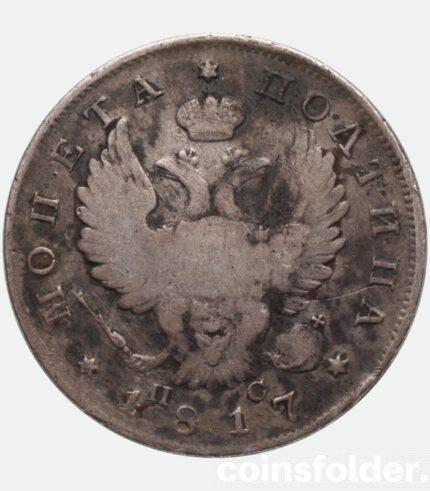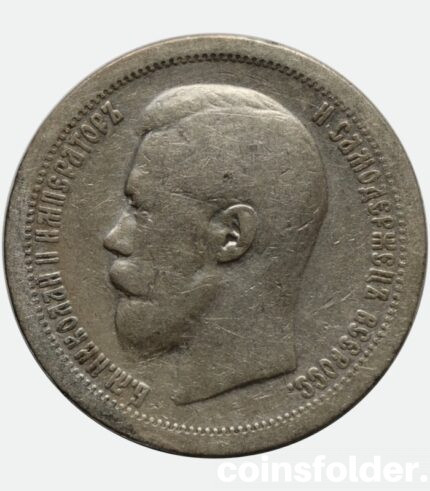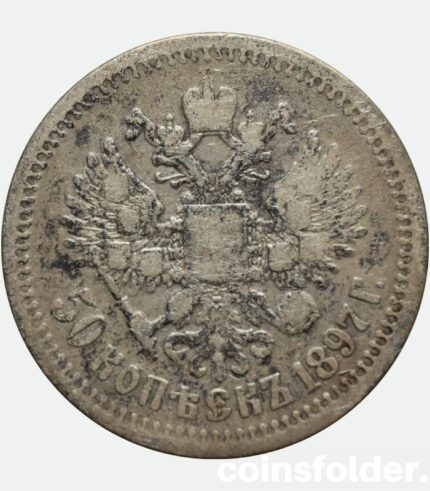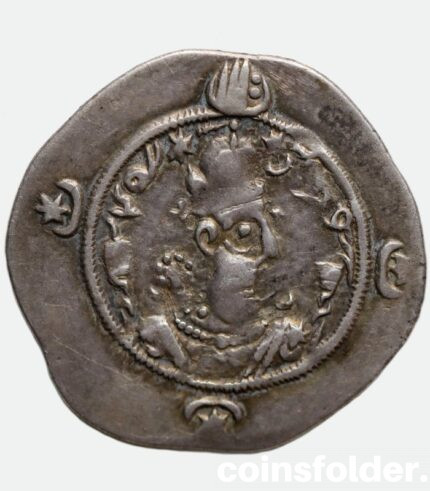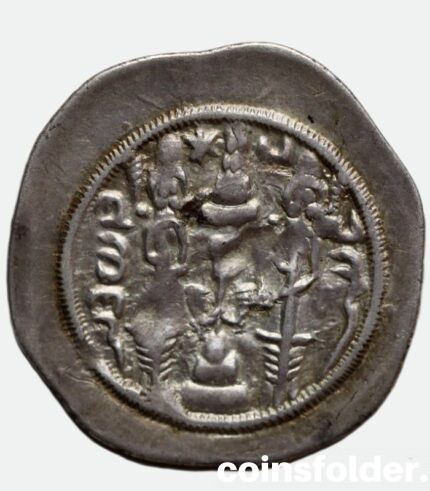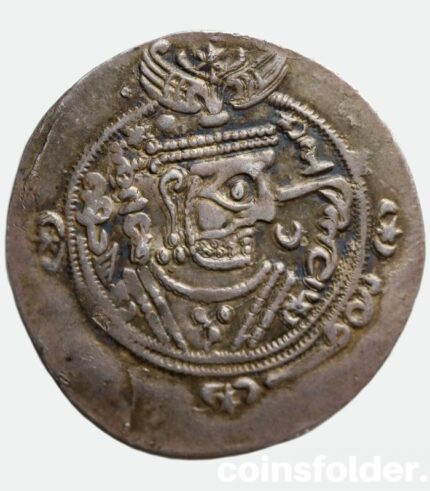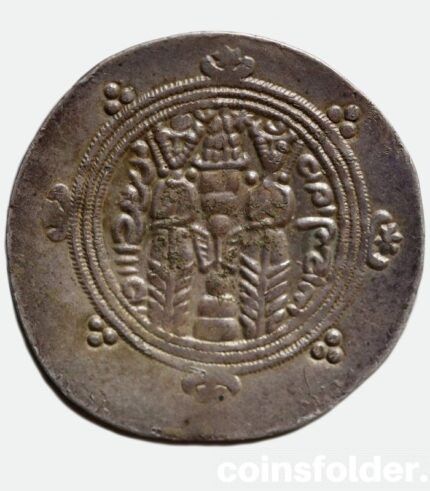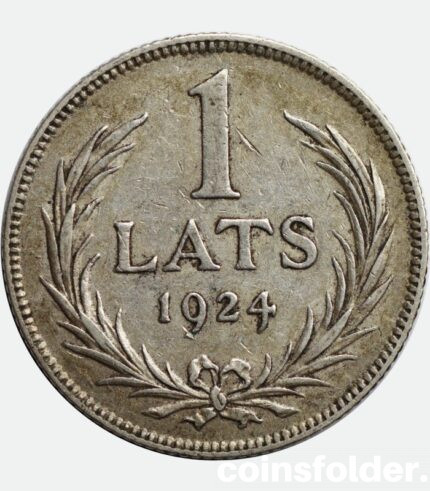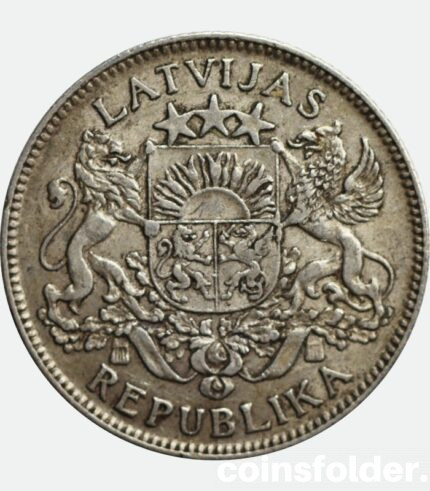This rare rectangular porcelain gambling token, also known as a “pee,” originates from Siam (modern-day Thailand) and dates back to approximately 1760–1875. These tokens were used as counters for the traditional Chinese gambling game Fantan, commonly played in Chinese-operated gambling houses, or hongs. Over time, these tokens took on a larger role—functioning as an underground currency within certain districts due to a chronic shortage of small denominations of official coinage.
Expertly crafted from glazed porcelain, this token features Chinese characters on both faces. One side is impressed with a stylized symbol within a recessed rectangular frame, while the reverse displays a hand-painted design in dark cobalt blue—both elements displaying the influence of Chinese calligraphy and ceramic artistry of the time. Each token was uniquely produced, meaning thousands of designs were created, and no two are exactly alike.
Used well into the early 20th century, even after being outlawed, these “pee” tokens reflect a fascinating transitional period in Southeast Asian economic history, where unofficial mediums of exchange played a crucial role. Eventually, royal currency reforms phased them out, but many survived as historical curiosities.
This token is a genuine artifact of early monetary innovation, ideal for collectors of Asian numismatics, porcelain, or pre-modern economic systems. Its rectangular form is less commonly found compared to round and hexagonal types, adding to its desirability and rarity.
Whether you’re building a collection of antique Southeast Asian currency, fantan memorabilia, or just seeking a conversation-starting relic, this token is a wonderful piece to own and preserve.

 Art
Art Asian
Asian Banknotes
Banknotes Numismatics
Numismatics Porcelain
Porcelain Buttons
Buttons Jewelry
Jewelry Silverware
Silverware Ceramics
Ceramics Militaria
Militaria Books
Books Glassware
Glassware Leatherware
Leatherware Philately
Philately Other antique
Other antique Gifts
Gifts Accessories & Services
Accessories & Services